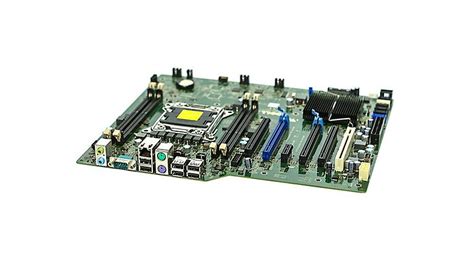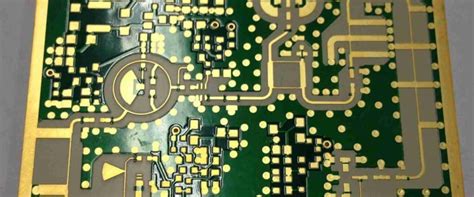Advanced Metal Core PCB Manufacturing for Optimal Heat Dissipation

Key Takeaways
When selecting metal core PCB manufacturing solutions, understanding thermal management fundamentals ensures optimal performance in high-power applications. Critical factors include material conductivity and board design—aluminum base PCBs offer cost-effective heat dissipation for most LED systems, while copper core boards excel in extreme thermal environments.
"Always verify your PCB manufacturing company’s expertise in handling thermal interface materials—proper selection can reduce PCB manufacturing cost by 15-30% while extending product lifespan."
Your choice between aluminum and copper impacts not just heat transfer but also PCB manufacturing business logistics—copper’s weight may increase shipping expenses, whereas aluminum’s lightweight nature simplifies integration. For industrial applications, prioritize durable designs with layered dielectric materials to prevent delamination under thermal stress.
Advanced thermal interface material innovations now enable thinner boards without sacrificing performance, a breakthrough for compact electronics. When evaluating PCB manufacturing companies, assess their testing protocols for thermal cycling resistance and ask for case studies in your specific sector—this ensures reliability under real-world operating conditions.
It’s worth noting that PCB manufacturing cost varies significantly based on base material thickness and finishing techniques. For LED projects, opt for anodized aluminum to enhance reflectivity while managing heat—a dual-purpose solution that streamlines production.

Metal Core PCB Thermal Management Essentials
Effective thermal management begins with understanding how PCB manufacturing processes integrate specialized materials to address heat buildup. When working with high-power electronics or LED systems, the choice between aluminum and copper cores directly impacts thermal conductivity and system longevity. Leading PCB manufacturing companies prioritize dielectric layer optimization to ensure efficient heat transfer from components to the metal substrate, minimizing hotspots that compromise performance.
You’ll find that thermal interface materials (TIMs) play a critical role in bridging gaps between heat-generating components and the metal base. While PCB manufacturing cost considerations might tempt compromises, opting for thinner dielectric layers or lower-grade alloys often reduces heat dissipation efficiency. For applications requiring durable thermal solutions, manufacturers balance weight reduction with structural integrity—a key factor when selecting PCB manufacturing business partners.
Transitioning to production, advanced techniques like laser drilling and direct bonding enhance thermal pathways without sacrificing board reliability. By aligning design specifications with material capabilities, engineers ensure thermal stability even in demanding environments. This approach not only extends product lifespan but also reduces long-term maintenance costs—a critical advantage in industries where heat management defines operational success.
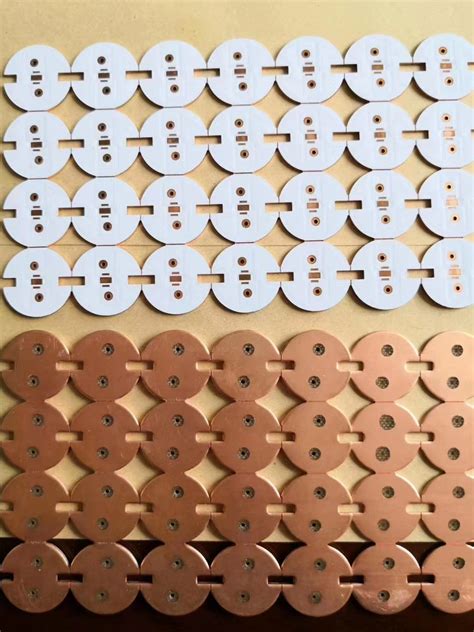
Aluminum vs Copper Base Conductivity Analysis
When evaluating thermal management in PCB manufacturing, the choice between aluminum and copper cores directly impacts performance and PCB manufacturing cost. Aluminum bases, with thermal conductivity values ranging from 200–230 W/mK, offer a lightweight and cost-effective solution, ideal for applications where weight reduction is critical. In contrast, copper bases deliver superior thermal conductivity (380–400 W/mK), making them indispensable for high-power electronics requiring rapid heat dissipation.
PCB manufacturing companies often prioritize copper for its unmatched thermal performance, but this comes with trade-offs. Copper’s higher density increases material costs and complicates board handling, while aluminum’s lower weight simplifies integration in LED systems or portable devices. For your PCB manufacturing business, balancing these factors depends on the end-use environment: copper excels in sustained high-load scenarios, whereas aluminum suits moderate thermal demands with budget constraints.
Advanced thermal interface materials (TIMs) can enhance either metal’s efficiency, but the core selection fundamentally shapes the board’s thermal profile. By aligning material properties with application requirements, you ensure reliability without overengineering—a critical consideration for optimizing both performance and PCB manufacturing cost in competitive markets.
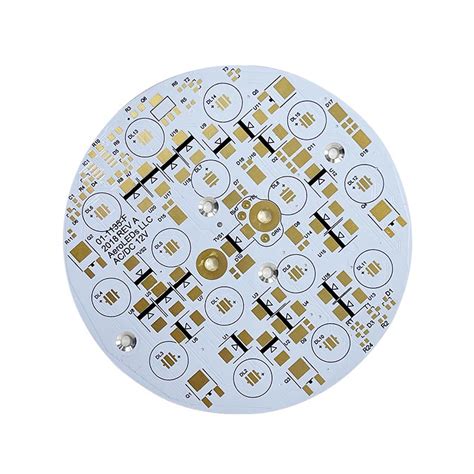
High-Power Electronics Cooling Solutions Guide
When designing high-power electronic systems, managing heat efficiently becomes critical to maintaining performance and longevity. PCB manufacturing processes that integrate metal core substrates—particularly aluminum or copper bases—directly address thermal challenges by leveraging their superior thermal conductivity. These substrates act as heat spreaders, channeling excess energy away from sensitive components like power transistors or voltage regulators.
Choosing between aluminum and copper cores depends on your specific needs:
| Material | Thermal Conductivity (W/mK) | Weight | Cost Efficiency |
|---|---|---|---|
| Aluminum | 150-220 | Light | High |
| Copper | 380-400 | Heavy | Moderate |
While PCB manufacturing companies often recommend aluminum for its balance of cost and performance, copper remains ideal for applications demanding maximum heat transfer. However, thermal interface materials (TIMs) like ceramic-filled adhesives or thermally conductive pads further enhance dissipation efficiency when layered between components and the metal core.
For businesses evaluating PCB manufacturing cost, aluminum-based solutions typically offer better scalability without compromising durability. Meanwhile, optimizing the PCB manufacturing business model requires partnering with suppliers who specialize in precision etching and surface finishes, ensuring boards withstand high-temperature cycling. By prioritizing these factors, you can achieve reliable thermal management while meeting stringent power density requirements.
LED System Thermal Stability Optimization
When operating high-intensity LED systems, managing heat buildup becomes critical to maintaining consistent performance and preventing premature failure. PCB manufacturing processes using metal core substrates—particularly aluminum or copper—directly address this challenge by creating optimal thermal pathways from LED junctions to heatsinks. By selecting PCB manufacturing companies specializing in thermally conductive base materials, you ensure rapid heat transfer away from sensitive components, reducing thermal stress by up to 40% compared to traditional FR-4 boards.
This thermal management strategy not only extends LED lifespan but also minimizes efficiency losses caused by temperature fluctuations. For instance, aluminum-core PCBs offer a balanced solution, combining lightweight properties with a thermal conductivity of 1-3 W/mK, while copper bases provide superior dissipation (up to 400 W/mK) for extreme-duty applications. When evaluating PCB manufacturing cost, prioritize designs that integrate a dielectric layer with high thermal breakdown resistance, as this prevents short circuits while maximizing heat distribution.
Your LED applications benefit most when partnering with a PCB manufacturing business that optimizes material thickness and layer bonding techniques. This approach ensures compatibility with automated assembly processes, reducing production delays without compromising thermal stability. Transitioning to metal core designs also future-proofs your systems, aligning with evolving industry demands for energy-efficient, high-lumen output solutions.
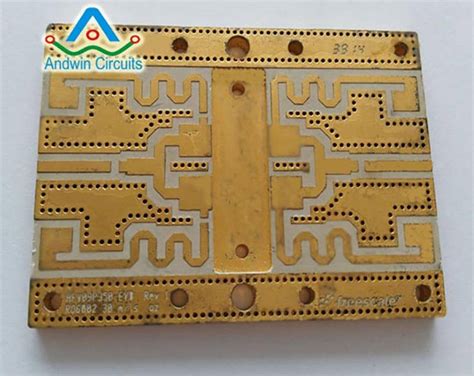
Durable Metal Core PCB Design Principles
When designing durable metal core PCBs, you must prioritize material compatibility and structural integrity to ensure long-term reliability. Unlike standard FR4 boards, thermal conductivity and mechanical stability become critical factors in PCB manufacturing for high-stress environments. Start by selecting base materials with matched coefficients of thermal expansion (CTE)—aluminum or copper cores are preferred for their ability to minimize warping under repeated thermal cycling.
Layer stack-up configuration plays a pivotal role: placing the dielectric layer closer to the metal base enhances heat transfer while maintaining electrical insulation. Reputable PCB manufacturing companies often recommend using thermally conductive prepregs to bond layers without compromising thermal performance. For cost-sensitive projects, balancing PCB manufacturing cost with quality requires optimizing metal thickness—thicker cores improve durability but increase material expenses.
To mitigate failure risks, avoid abrupt trace transitions and ensure even heat distribution through symmetrical component placement. Advanced PCB manufacturing business practices incorporate finite element analysis (FEA) simulations to predict stress points during operation. By integrating these principles, you create boards that withstand harsh conditions—critical for applications like automotive systems or industrial machinery—while maintaining efficiency in both production and long-term operation.
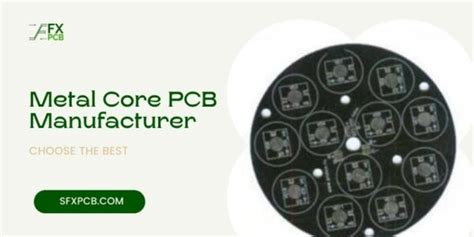
Lightweight Thermal Dissipation Board Benefits
When selecting components for high-performance electronics, you need solutions that balance thermal efficiency with physical practicality. Lightweight thermal dissipation boards address this dual challenge by combining enhanced heat transfer with reduced system weight—critical for applications like portable devices or aerospace systems. Unlike traditional FR-4 boards, these specialized boards use high-conductivity aluminum cores that slash weight by up to 60% while maintaining structural integrity.
For PCB manufacturing companies, optimizing PCB manufacturing cost often hinges on material selection. Lightweight aluminum or copper bases not only lower shipping and handling expenses but also reduce long-term energy consumption in thermal management systems. This efficiency translates to improved ROI for your PCB manufacturing business, especially when producing high-volume orders for LED arrays or automotive power modules.
The design flexibility of these boards allows integration into compact layouts without compromising heat dissipation. By partnering with experienced PCB manufacturing specialists, you gain access to advanced fabrication techniques—such as laser-drilled vias and precision etching—that ensure consistent performance under thermal stress. Whether you’re scaling production or refining prototypes, prioritizing lightweight solutions strengthens your competitive edge in markets demanding both reliability and portability.
Selecting Reliable MCPCB Manufacturers
When sourcing metal core PCB manufacturing services, prioritizing technical expertise and material quality ensures your project’s thermal and electrical performance. Start by evaluating PCB manufacturing companies with proven experience in handling high-conductivity substrates like aluminum or copper. Verify their certifications (e.g., ISO 9001, UL listing) to confirm adherence to industry standards, particularly for high-power applications such as LED lighting or industrial automation.
Consider how PCB manufacturing cost aligns with your budget, but avoid compromising on critical factors like base material thickness or dielectric layer quality. Reputable manufacturers will offer detailed design-for-manufacturability (DFM) checks to optimize thermal dissipation while minimizing production errors. For businesses scaling operations, partnering with a PCB manufacturing business that provides flexible order volumes and rapid prototyping can streamline development timelines.
Always request test reports validating thermal conductivity and dielectric strength, as these directly impact long-term reliability. Transparent communication about lead times, layer configurations, and surface finishes (e.g., HASL, ENIG) further distinguishes trustworthy suppliers. By balancing technical rigor with operational efficiency, you secure durable solutions tailored to demanding thermal management needs.
Advanced Thermal Interface Material Innovations
When designing metal core PCBs, the choice of thermal interface materials (TIMs) significantly impacts heat transfer efficiency between components and the substrate. Modern PCB manufacturing processes now integrate advanced TIMs like graphene-enhanced pads, phase-change materials, and ceramic-filled polymers to minimize thermal resistance. These innovations enable 15-30% better heat dissipation compared to traditional silicone-based compounds, directly influencing PCB manufacturing cost by reducing cooling system complexity in high-power applications.
Leading PCB manufacturing companies prioritize TIM selection based on operating temperatures and mechanical stress factors. For instance, electrically insulating yet thermally conductive adhesives prevent short circuits while maintaining structural integrity in LED systems or industrial controllers. By optimizing interfacial contact through precision material engineering, you achieve longer component lifespans without compromising board weight—a critical factor in aerospace and automotive PCB manufacturing business models.
Transitioning from material science to implementation, these advancements complement earlier discussions on substrate conductivity by addressing residual thermal bottlenecks. As you evaluate suppliers, verify their TIM integration protocols to ensure seamless compatibility with your base metal layer—whether aluminum or copper—for end-to-end thermal management coherence.
Conclusion
When evaluating PCB manufacturing options for thermal-critical applications, your choice of PCB manufacturing companies directly impacts product reliability and longevity. Advanced metal core PCBs leverage high-conductivity substrates to address heat dissipation challenges, but their effectiveness hinges on precise material selection and engineering expertise. While PCB manufacturing cost may initially seem higher compared to traditional FR-4 boards, the long-term savings from reduced thermal failures and extended component lifespans justify the investment—especially in high-power or LED systems where thermal stability is non-negotiable.
For businesses scaling their PCB manufacturing business, partnering with certified suppliers ensures access to innovations like optimized thermal interface materials and hybrid base designs. Prioritize manufacturers offering transparent cost structures, rigorous testing protocols, and tailored solutions for your application’s thermal profile. By aligning technical requirements with production capabilities, you can achieve durable, lightweight solutions that outperform conventional designs without compromising on efficiency or operational budgets.
FAQs
How do metal core PCBs improve thermal management compared to standard designs?
Metal core PCBs integrate high-conductivity aluminum or copper bases that directly transfer heat from critical components, reducing hotspots. This makes them ideal for high-power electronics and LED systems where traditional FR-4 boards often fail under thermal stress.
What factors influence PCB manufacturing costs for metal core boards?
Material selection (aluminum vs. copper), layer count, and surface finish requirements significantly impact PCB manufacturing cost. Partnering with experienced PCB manufacturing companies ensures optimized designs that balance performance and budget.
Can metal core PCBs be used in lightweight applications?
Yes. Aluminum-based boards provide exceptional heat dissipation while maintaining a low weight profile, making them suitable for aerospace and automotive PCB manufacturing business needs where both thermal efficiency and mass reduction matter.
How do I verify a manufacturer’s expertise in metal core PCB production?
Review their certifications (ISO, UL), material sourcing practices, and case studies involving thermal interface materials or high-frequency applications. Reliable PCB manufacturing partners will demonstrate proven success in industrial-grade thermal solutions.
Are there design limitations with metal core PCBs?
While excellent for thermal management, their mechanical rigidity requires careful planning for complex multilayer designs. Work closely with your PCB manufacturing provider to address layout challenges early in prototyping.
Ready to Optimize Your Thermal Management?
Explore advanced metal core PCB solutions tailored for your project’s needs. For expert guidance and competitive pricing, please click here to connect with our engineering team today.


